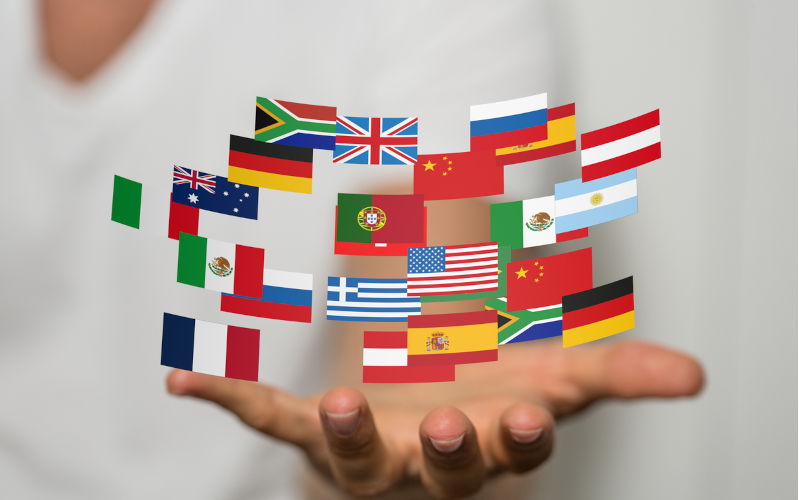Can our human species be rescued?
April 9, 2025
Our own human species is in grave danger of becoming extinct in the not-too-distant future, and there is no systemic global effort underway to minimise this threat. A series of “existential threats” have been highlighted by many scientists.
Canberra science communicator Julian Cribb in his latest, 2023 book, How to Fix a Broken Planet, points out that these catastrophic threats are not yet being appropriately managed by any nation. Cribb, with former politician, John Hewson, is a co-founder of the Canberra-based, Council for The Human Future. The Council has proposed an Earth System Treaty that could be sponsored by Australia in the United Nations.
The idea behind the EST is that all signatory nations would accept its standards and promote them internally and to others. Cribb argues that individuals should also be invited to sign the Treaty, and thus bring in the enormous power and genius of grassroots humanity to implement it, as well as a signal that individuals, as well as nations and corporations are expected to play their part in rescuing our species.
The EST seeks to keep human activity within safe boundaries that are set by the operation of the Earth System itself. Already, we are feeling the disastrous effects of uncontrolled climate change with record floods and fires in many parts of the world.
The EST would have 12 elements:
- A universal ban on nuclear weapons;
- An international plan to combat climate change;
- An international plan to restore forests, soils, freshwater, oceans, the atmosphere and biodiversity to stable sustainable levels;
- An international agreement to operate a circular economy and end waste;
- A plan for a renewable World Food supply, sufficient for all;
- A plan to end chemical pollution in all forms;
- A plan to voluntarily reduce the human population to a sustainable level;
- A global plan to anticipate and prevent pandemicss;
- A global technology convention to oversee the safe development and introduction of advanced science and technologies and minimise harms;
- A World Truth Commission;
- An Earth standard currency; and
- All 17 of the sustainable development goals.
Efforts to put an EST on the global agenda are just beginning. The Australian Government could be leading the way in the United Nations on this matter.
For whichever party is elected to lead Australia for the next three years, it would surely be an electorally attractive proposition for our nation to be leading the world in rescuing humans from extinction.
An online round table about the human predicament, that was co-sponsored by the CHF and the Club of Rome in July 2024, and that was attended by representatives of 26 global groups that are concerned about this predicament, agreed that there is a universal failure of leadership and governance to address the global problems that we now face.
The group said that the poly-crisis is an interconnected web of challenges, and that solutions continue to be considered separately, although the problems are interconnected. In addition to addressing poverty and inequality, the group argued that we must deal effectively with each of the 12 issues listed in the proposed EST.
So, Mr Albanese, Mr Dutton, and all you current and aspiring politicians out there! Think about it! Australia could be showing the way to the rest of the world on how to rescue our children and theirs, from extinction.

